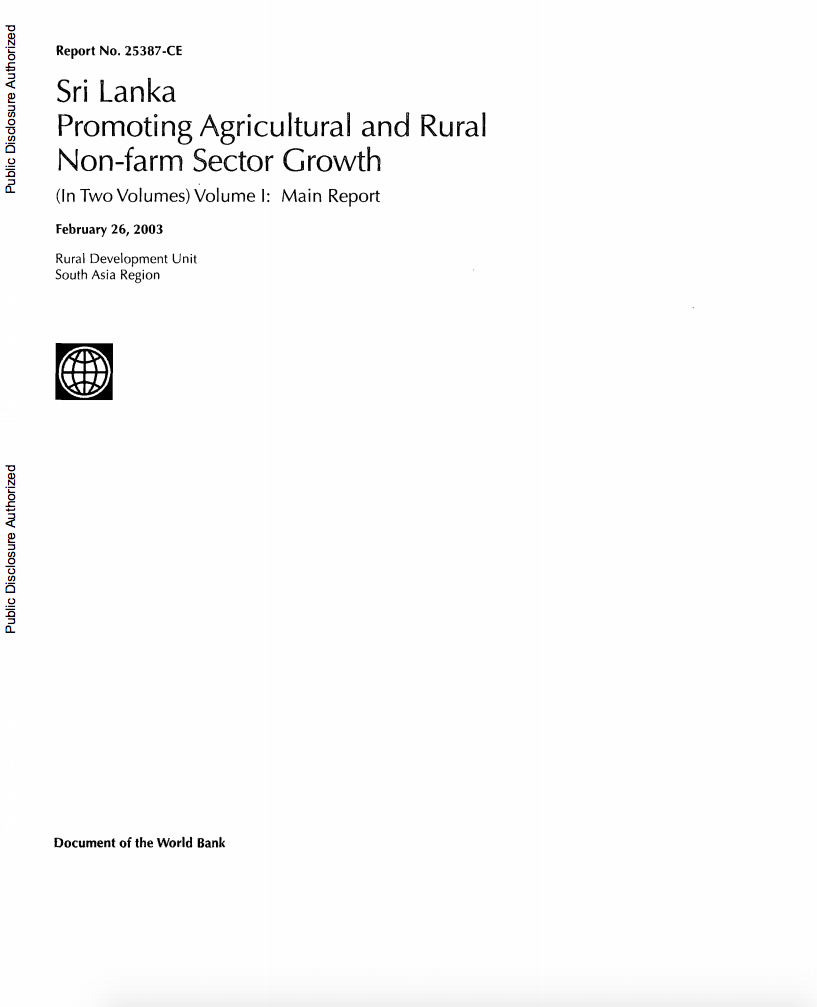Sending Farmers Back to School : The Impact of Farmer Field Schools in Indonesia
The authors evaluate the impact of
farmer field schools, an intensive participatory training
program emphasizing integrated pest management. Their
evaluation focuses on whether participation in the program
has improved yields and reduced pesticide use among
graduates and their neighbors who may have gained knowledge
from graduates through informal communications. The authors
use panel data covering the period 1991-99 in Indonesia.


